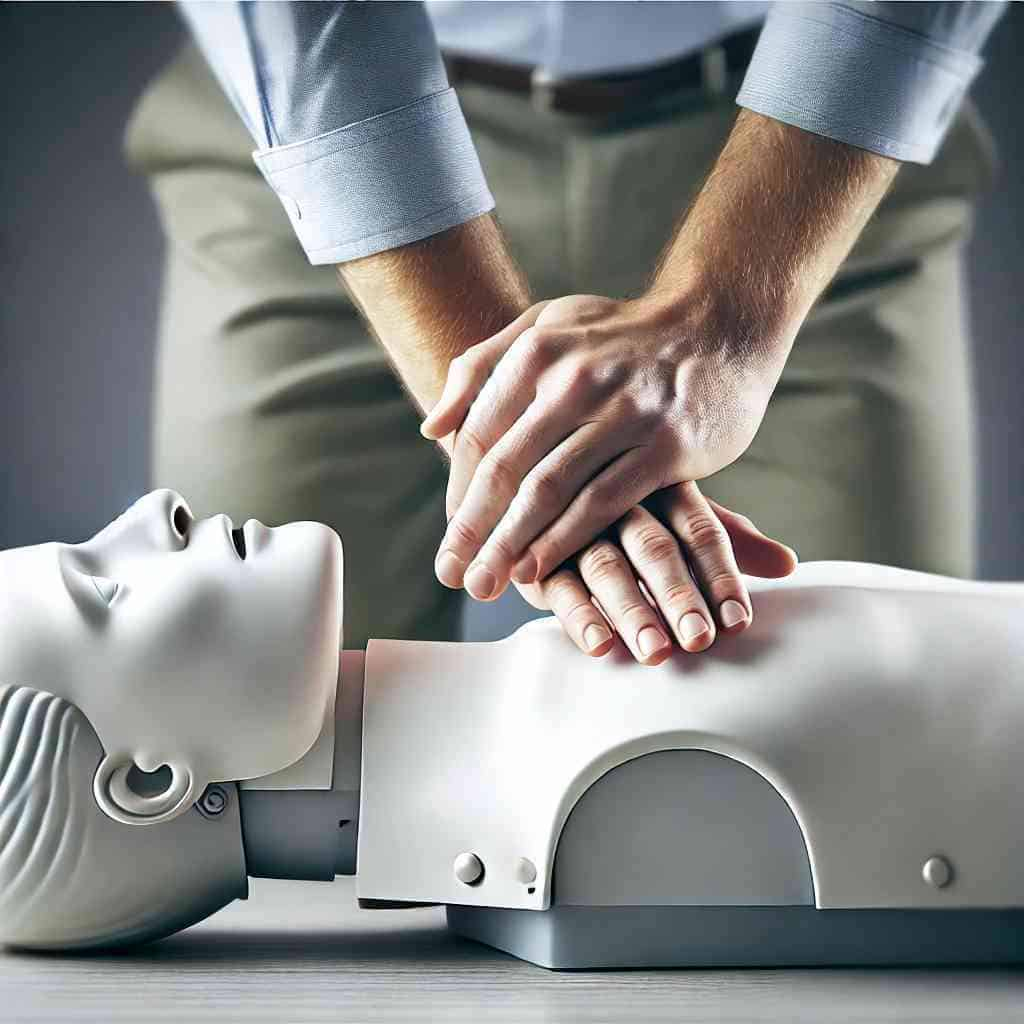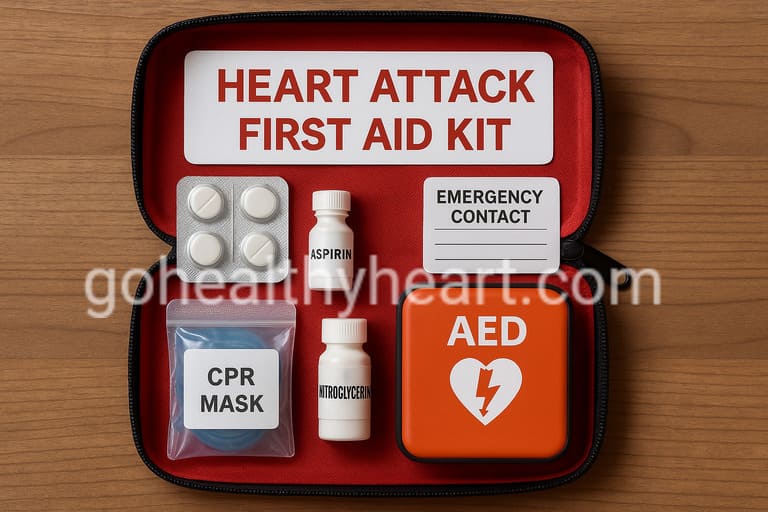Basic Life Support CPR: Life-Saving Steps You Need to Know

When someone collapses from cardiac arrest, every second counts. As a cardiologist, I’ve seen firsthand how vital Basic Life Support (BLS) and Cardiopulmonary Resuscitation (CPR) skills are. These skills can be the difference between life and death. Here’s a simple yet powerful guide to help you step up in an emergency, following the CAB sequence—Compressions, Airway, Breathing.
Understanding the Importance of CPR and Basic Life Support
Before we dive into the steps, let’s be clear about why CPR and Basiv Life Support are so critical. When the heart stops, oxygen-rich blood flow halts, putting organs—especially the brain—at risk. CPR helps pump blood to vital organs until medical help arrives. Knowing these skills isn’t just about knowing the right technique; it’s about empowering yourself to act quickly and confidently.
Step 1: Ensure Scene Safety
Before rushing in, take a moment to ensure that the area is safe for both you and the patient. It might seem simple, but it’s crucial. If there’s any danger, like traffic or electrical hazards, try to make the area safe or move the patient if necessary.
Step 2: Check Responsiveness
Next, check if the person is responsive. Gently tap their shoulders and call out, “Are you okay?” If they don’t respond, it’s time to assume cardiac arrest and begin CPR.
Step 3: Call for Help and Get an AED
Quickly call emergency services or ask someone nearby to do so. If there’s an Automated External Defibrillator (AED) nearby, have someone bring it to you. AEDs play a significant role in restoring the heart’s rhythm and are often available in public places.
Step 4: Begin Chest Compressions (C)
Hand Placement: Place one hand over the other and position them at the center of the chest.
Compression Depth and Rate: Push down at least 2 inches deep and keep a steady pace of 100-120 compressions per minute.
Allow Full Recoil: Allow the chest to fully rise between compressions. This lets blood flow back into the heart and improves the effectiveness of each compression.
Chest compressions are the heart of CPR. They keep blood moving to the brain and other vital organs, buying time until help arrives.
Step 5: Open the Airway (A)
After 30 compressions, open the airway. Tilt the head back slightly and lift the chin to prevent the tongue from blocking the airway. This simple maneuver helps ensure that air can flow into the lungs.
Step 6: Give Rescue Breaths (B)
Pinch the nose closed, create a seal over the person’s mouth, and give two breaths, watching for the chest to rise with each one. Each breath should last about one second. If the chest doesn’t rise, reposition the head and check your seal.
Rescue breaths deliver oxygen to the lungs, which is essential in a cardiac arrest situation. However, if you’re unable or unwilling to give breaths, hands-only CPR is still valuable.
Step 7: Continue CPR Cycles
Continue cycles of 30 compressions and 2 breaths until emergency help arrives or the person shows signs of life. This step requires endurance, but maintaining the rhythm of compressions is crucial to keeping blood flow steady.
Step 8: Use the AED When Available
If an AED (Automated External Defibrillator) is on hand, turn it on and follow its voice or screen prompts. The AED will analyze the heart’s rhythm and advise if a shock is needed. Deliver the shock if instructed, then continue CPR immediately. If no shock is advised, continue with CPR.
Why Learning Basic Life Support and CPR Matters
As a cardiologist, I know that minutes matter. Bystanders who are trained in CPR can make a significant difference in survival rates. CPR and AEDs have the power to save lives before paramedics even arrive.
For those interested in learning these life-saving skills in detail, there’s a free Basic Life Support course that can get you started. I encourage everyone to take a few hours to become Basic Life Support certified.
Final Thoughts
CPR may seem intimidating, but it’s a skill that can save lives. The basic steps are easy to learn and remember: ensure scene safety, check for responsiveness, call for help, begin compressions, open the airway, and give breaths. Acting quickly and confidently can make all the difference. Consider taking a certified BLS course and be prepared to step in if ever needed.




One thought on “Basic Life Support CPR: Life-Saving Steps You Need to Know”